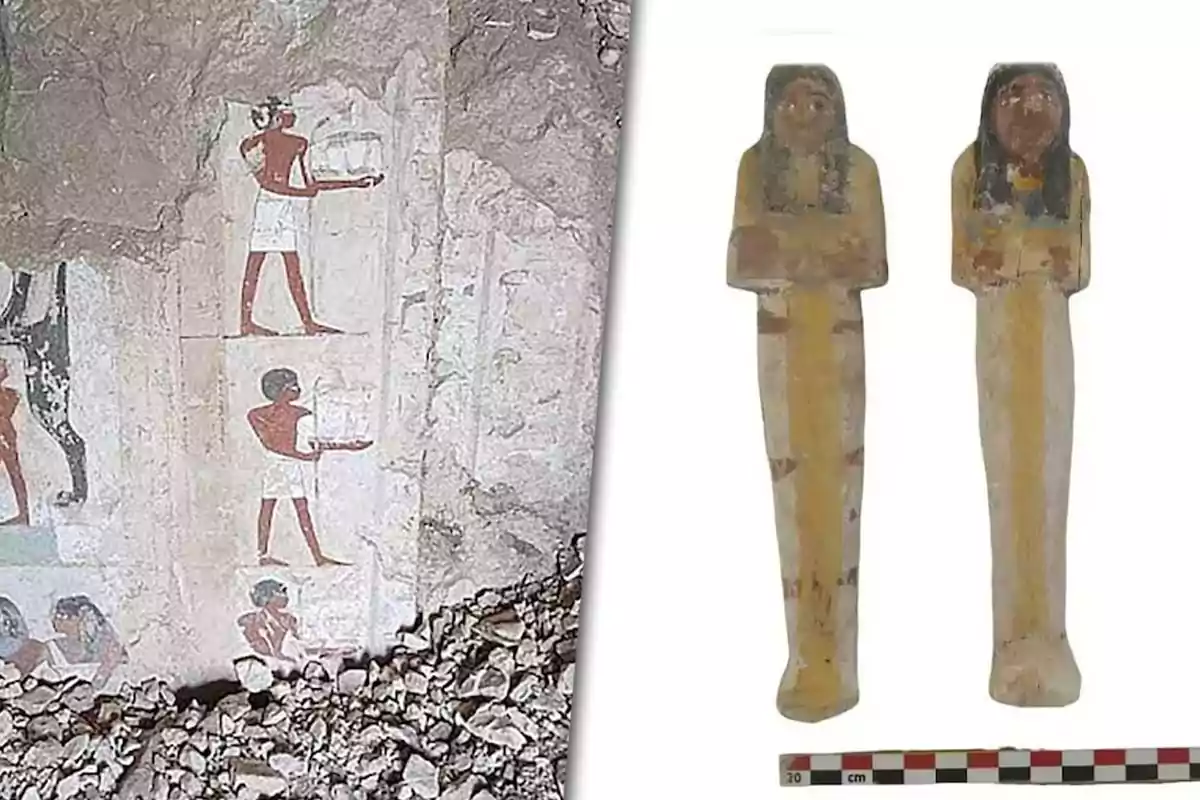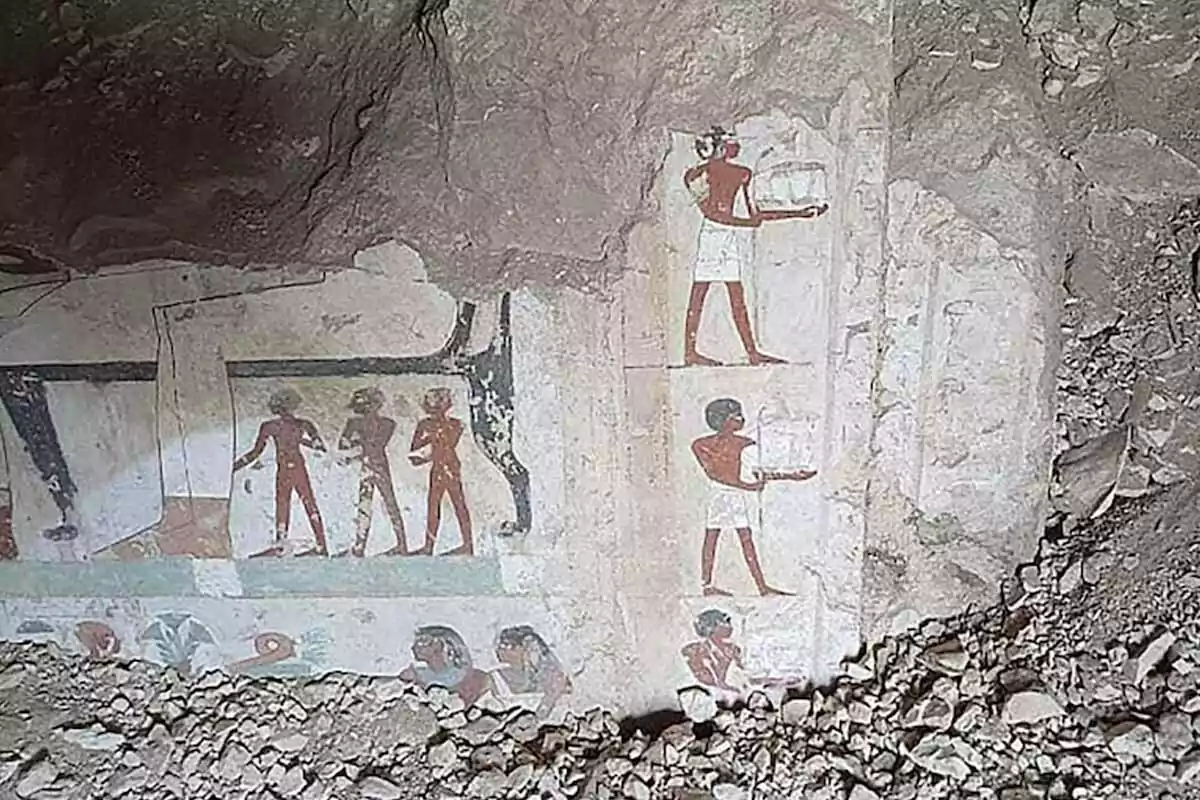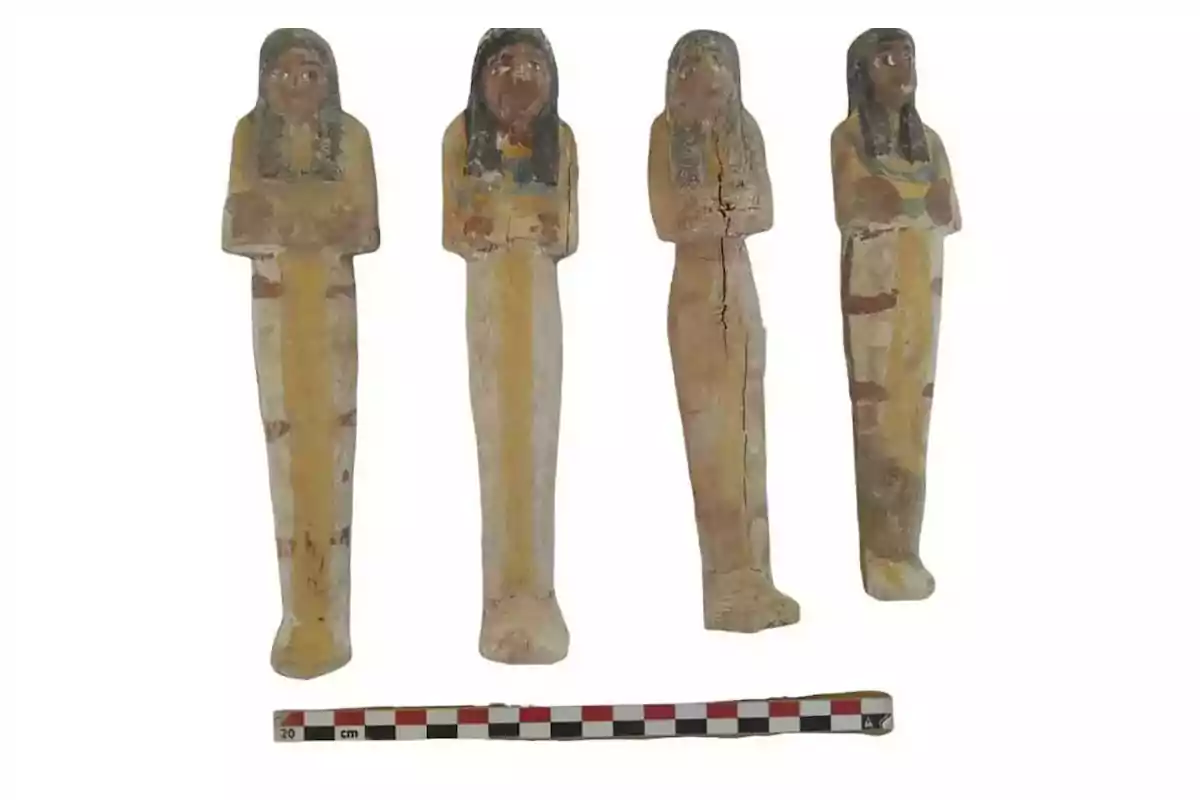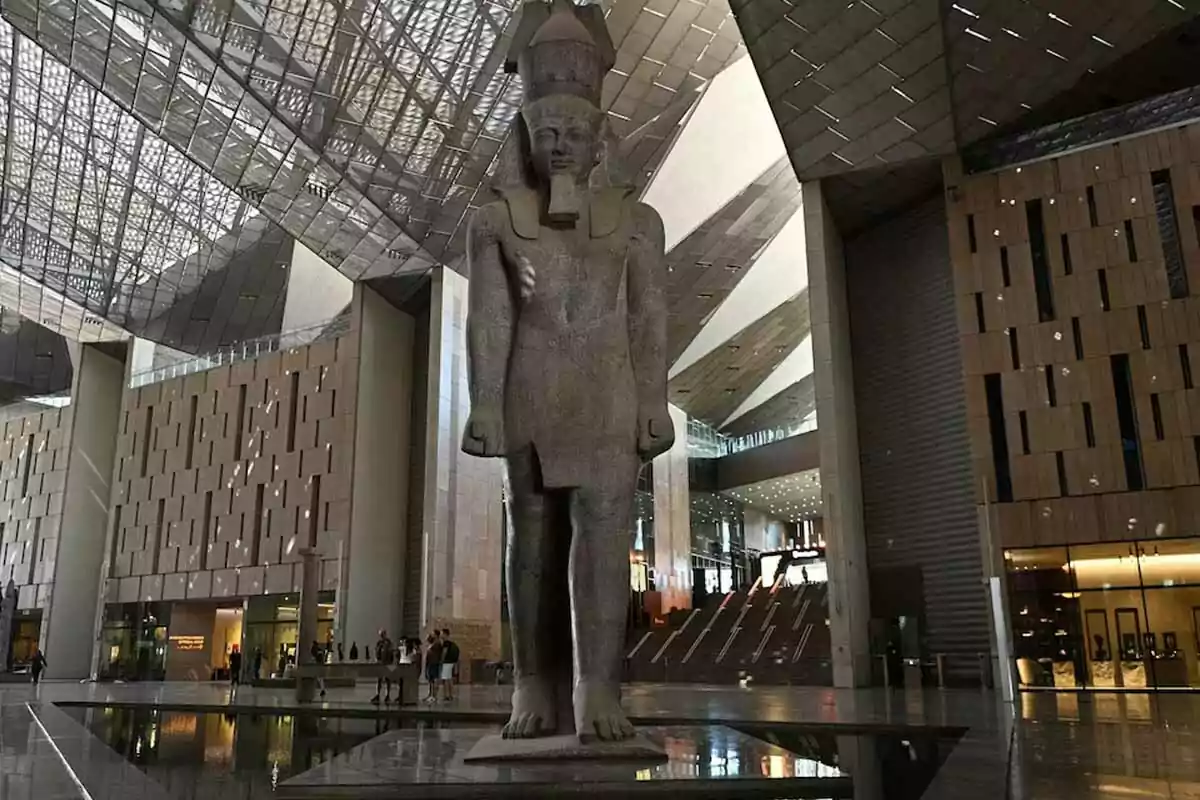
Egypt surprises again: tombs from the Pharaonic era have been discovered
An Egyptian team discovered three tombs in Luxor just before the opening of the Grand Egyptian Museum
Egypt once again captured global attention after the discovery of three ancient tombs in the Luxor region. The event comes right amid the anticipation for the opening of the Grand Egyptian Museum in Giza.
These are tombs from the 18th and 19th dynasties, located in the necropolis of Draa Abul Naga, on the west bank of the Nile River.

A discovery that reinforces the legacy of the New Kingdom
The Egyptian team in charge of the excavation found inscriptions with the names and titles of the deceased. The tombs date from the period between 1550 and 1070 BC.
One of them belonged to Amum-em-Ipet, who worked on the estate of Amun during the 19th dynasty. His tomb, which is heavily deteriorated, features scenes of funeral processions and banquets.
Two more tombs reveal details of administrative life
The tombs of Baki, supervisor of a silo, and an official identified as "S", who was a scribe, were also discovered.

Baki's tomb has several chambers, while "S"'s tomb features a courtyard and a funerary shaft. Both correspond to the 18th dynasty.
A boost for tourism and archaeological research
The Minister of Tourism and Antiquities, Sherif Fathy, stated that this type of discovery strengthens the country's appeal as a cultural destination. He also highlighted that the excavation team was entirely Egyptian.

The discovery coincides with a key moment. The upcoming inauguration of the Grand Egyptian Museum, which will display more than 100,000 pieces, including the complete collection of Tutankhamun.
Egypt at the center of archaeological attention
So far this year, Egypt has already surprised with the first royal tomb discovered since 1922 and with the remains of an unknown king.
According to Mohamed Ismail Khaled, from the Supreme Council of Antiquities, the new tombs will undergo a process of cleaning and study for subsequent publication.
More posts: